Tatura Interment Camp
As had occurred during WW1, “enemy aliens” were interred in Australia during WW2. Four camps were set up in in Tatura area of Victoria from 1939. These housed German, Italian and Japanese single men as well as families. In 1940 it was announced that it was to become the major internment centre of the Commonwealth. There were actually Jewish refugees in the camp, who were supported by Jewish welfare groups. From November 1945 an inquiry was made as to whether certain German and Italian internees would be allowed to remain in Australia, as some wished to do. Some had been interned for 5 years, some were naturalised, and some had children who had fought in the Australian Army. Some had held fascist and nazi sympathies before and during the war, and indeed some wished to return to Europe.
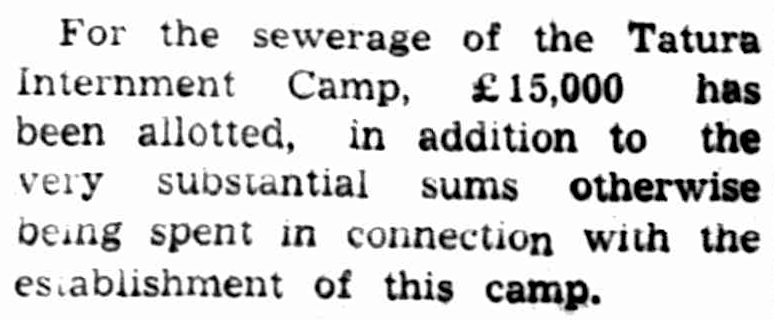
Cobram Courier (Vic), 27th December 1939 page 3.
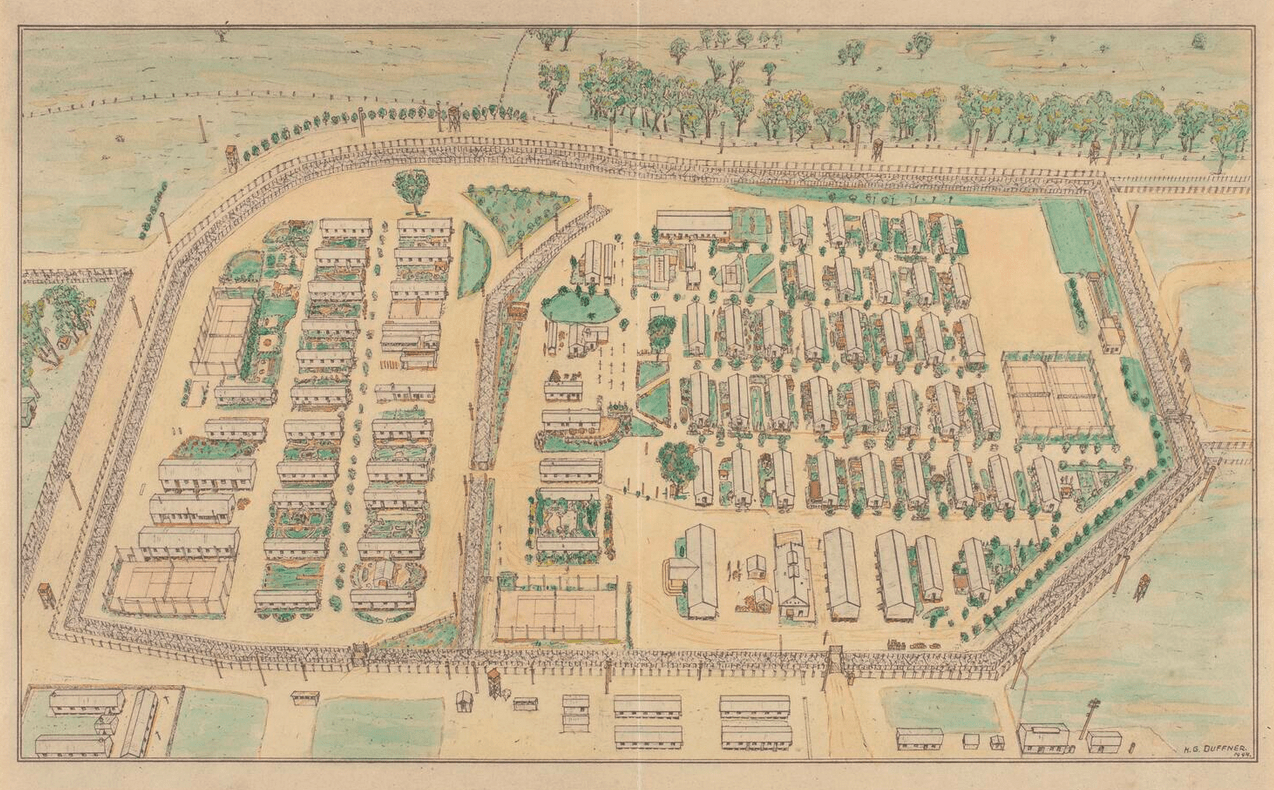
Museums Victoria #93594. Drawing of Tatura Internment Camp, 1944 by H.G. Duffner. It is thought to have been drawn after the war from aerial photographs,etc.
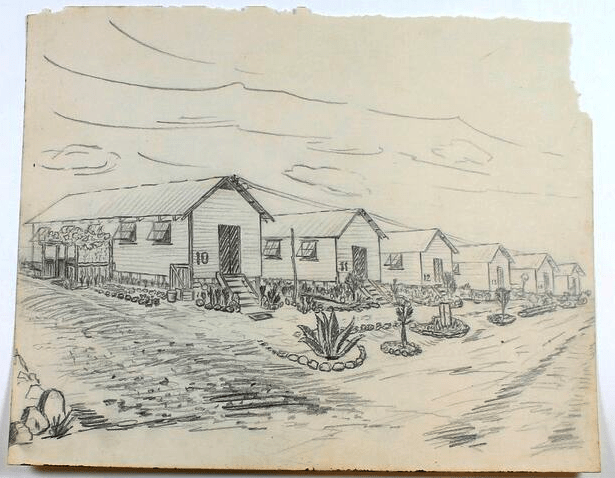
Museums Victoria #MM 93249. Pencil drawing c.1942 by Karl Miffler.
For some of these internees, this was the second time they had been interned (the first during WW1). They knew the importance of hobbies and other employment to pass the time and preserve their mental health.
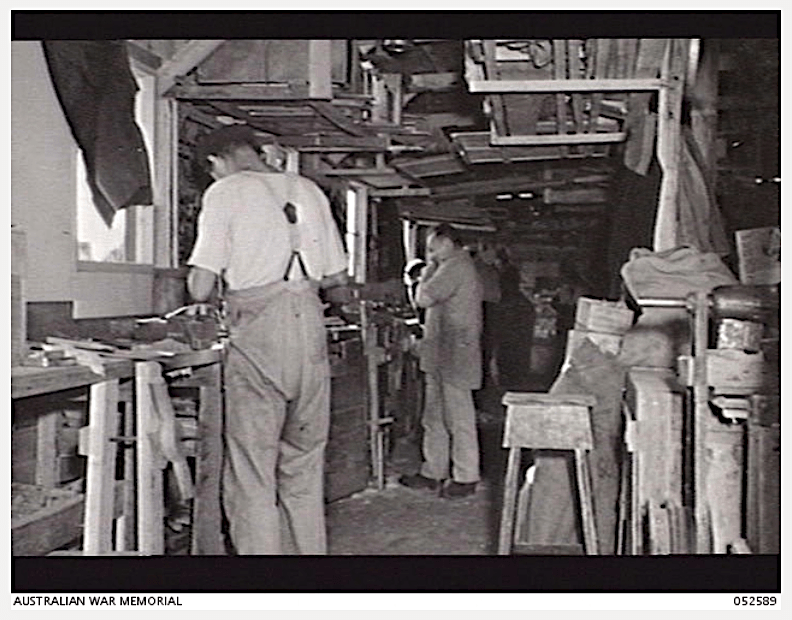
Australian War Memorial. Photograph of internees in a hobby workshop, 1943.
Carol has just visited the Tatura Irrigation and Wartime Camps Museum, and has taken photos of handcrafted items, particularly buttons and buckles made in the camps. She recommends a visit. https://www.taturamuseum.com/world-war-2-camps
As I discuss on the “trench art page”, the broadest definition of this term relates it to objects made by soldiers (including returned or convalescent soldiers), POWs, and civilians as souvenirs, momentos or gifts, to while away time, to make money, to aid in rehabilitation, and to try to make sense of the experience of war. i.e. where the manufacture is directly linked to armed conflict or its consequences. As internees, effectively prisoners, these items qualify as trench art. http://www.austbuttonhistory.com/trench-sweetheart-art-and-miscellany/
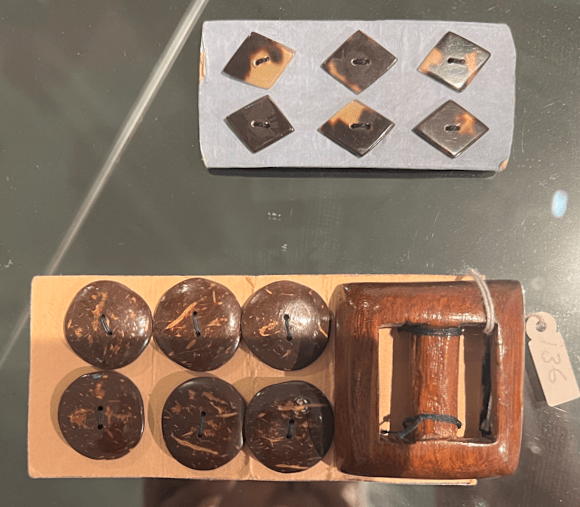
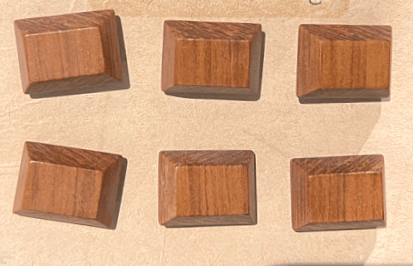
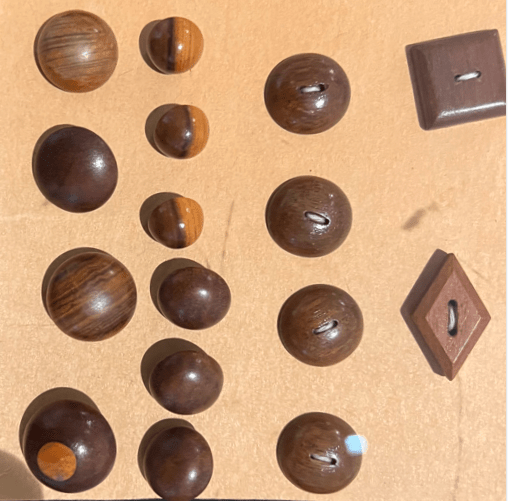

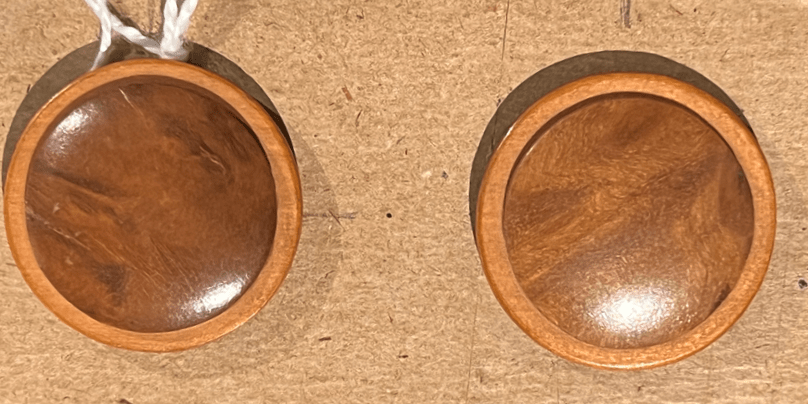
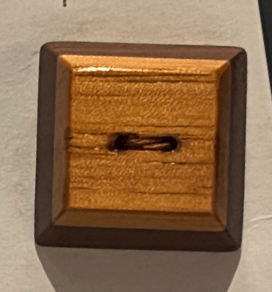
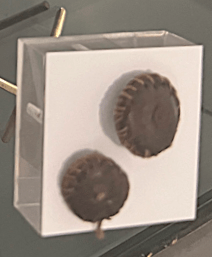
leather buttons fashioned from old shoes.
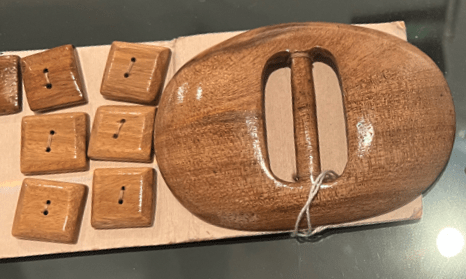
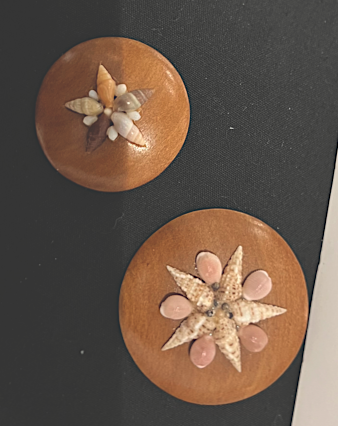
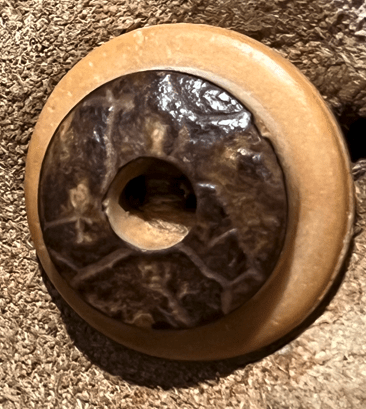
Hand made buttons for lederhosen seen below.
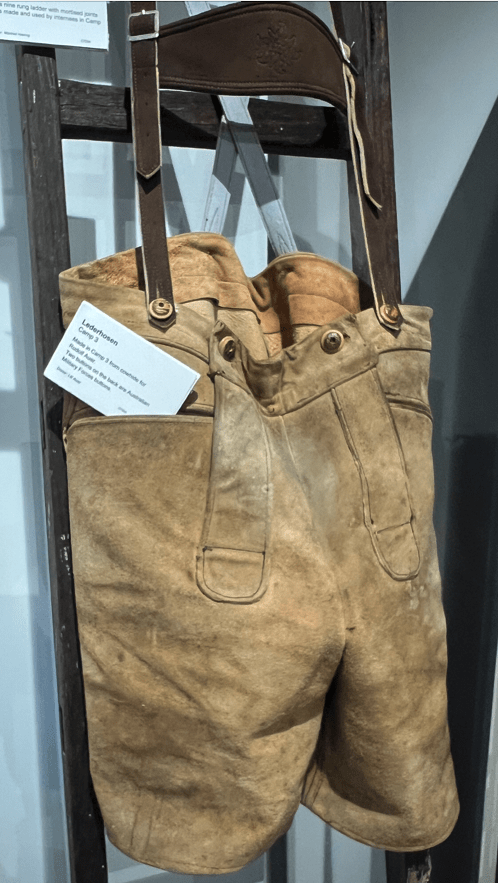
cowhide lederhosen.
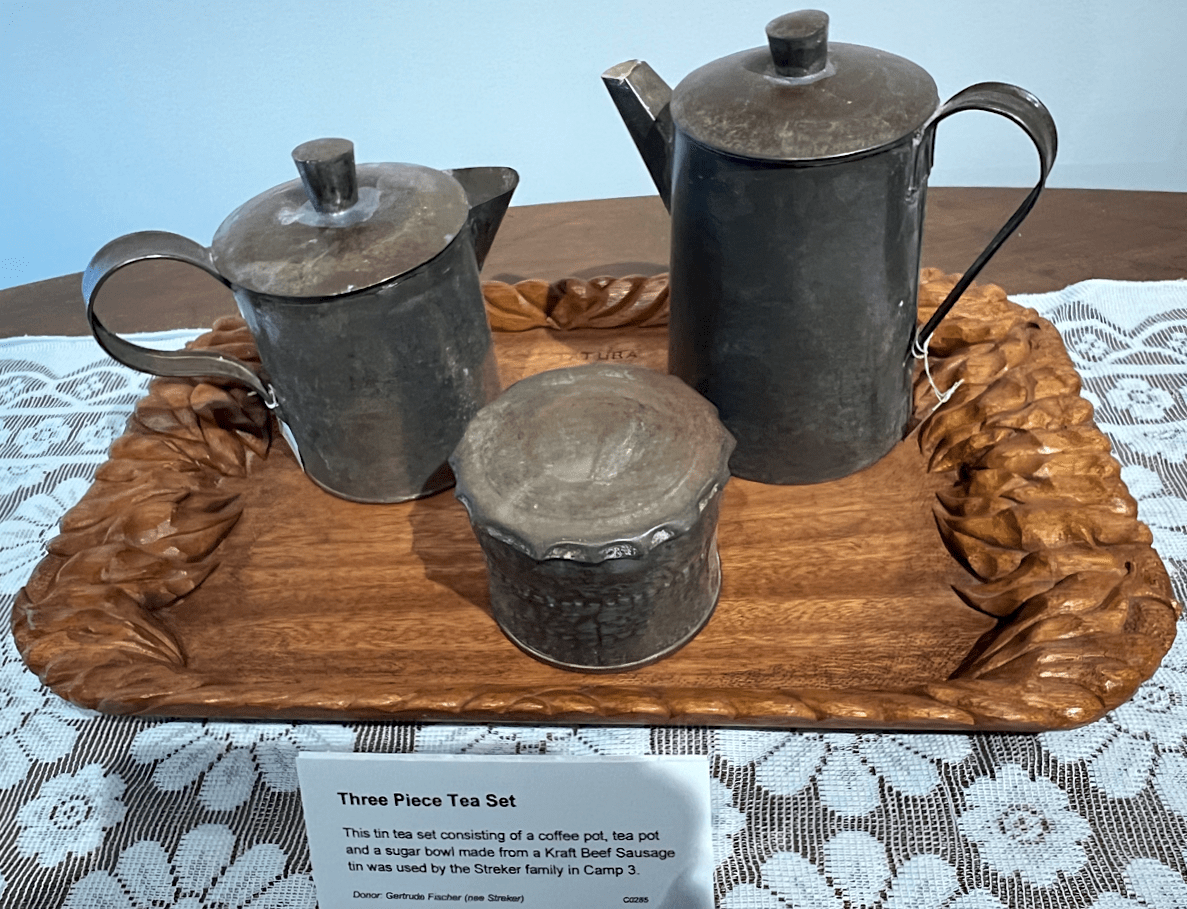
For all questions , comments and contributions, please use the Contact page.
